Interview with Fictiorama Studios
On the occasion of Dead Synchronicity: Tomorrow Comes Today being released in eShop, we want to present you a chance to know better the game’s creators!
MyPSVITApl: Hello Luis, thank you for taking time to talk with us. For starters, could you introduce Fictiorama Studios to our readers? How and when it was founded?
Luis Oliván: Hi! Thank YOU at MyPSVita for your interest in Dead Synchronicity: Tomorrow Comes Today and Fictiorama!
We at Fictiorama are a small indie video games developer company located in Madrid, Spain. The studio was founded almost 5 years ago by three brothers: Mario, Alberto, and myself, Luis Oliván. Our goal with Fictiorama has been the same from the very beginning: telling great stories in the shape of the games we would love to play.
We know that point and click adventure games are your favorite genre, but which games are your favorites? And what do you think about newer ones, like Broken Age or Thimbleweed Park?
Wow, tough question! We grew up playing the classic adventure games, and we have always loved the adventure by Lucasarts / Lucasfilm Games: Day of the Tentacle, Indiana Jones and the Fate of Atlantis, Monkey Island 1&2…
We enjoy modern adventure games, like we did with the old ones: in fact, we’re Kickstarter backers of Broken Age and Thimbleweed Park, and we have played them both. Broken Age is beautiful and delightfully smart, and we laughed so much with Thimbleweed Park, it’s really funny.
In Poland The Pink Panther Hocus Pocus become iconic title, although it wasn’t so popular elsewhere. Do you have your favorite adventure game, which wasn’t very successful?
It’s not exactly a point and click adventure game… basically because the genre hadn’t been created yet, but our choice is The Abbey of Crime, a Spanish game released in 1987 that is a milestone in the Spanish industry.
It’s a pity that it wasn’t as popular out of Spain as it deserved, neither at its time, not now. In fact, if it could have been titled The Name of the Rose, as it was the original plan… probably things would have been very different. Because, in fact, the game follows the plot of Umberto Eco’s worldwide bestseller, although it was not possible to come to an understanding for the game to be titled after the book and the successful movie, released only one year before the game.
In a moment in which techniques as Filmation were astonishing, this game managed to depict a beautiful, stunning architecture; lots of different characters featuring their own characteristics; an absolutely intriguing, thrilling, complex plot… and all that in just a few KBs!
Lots of Spanish kids were mesmerized when we played The Abbey of Crime, and we still are every time we play it now, 30 years later.
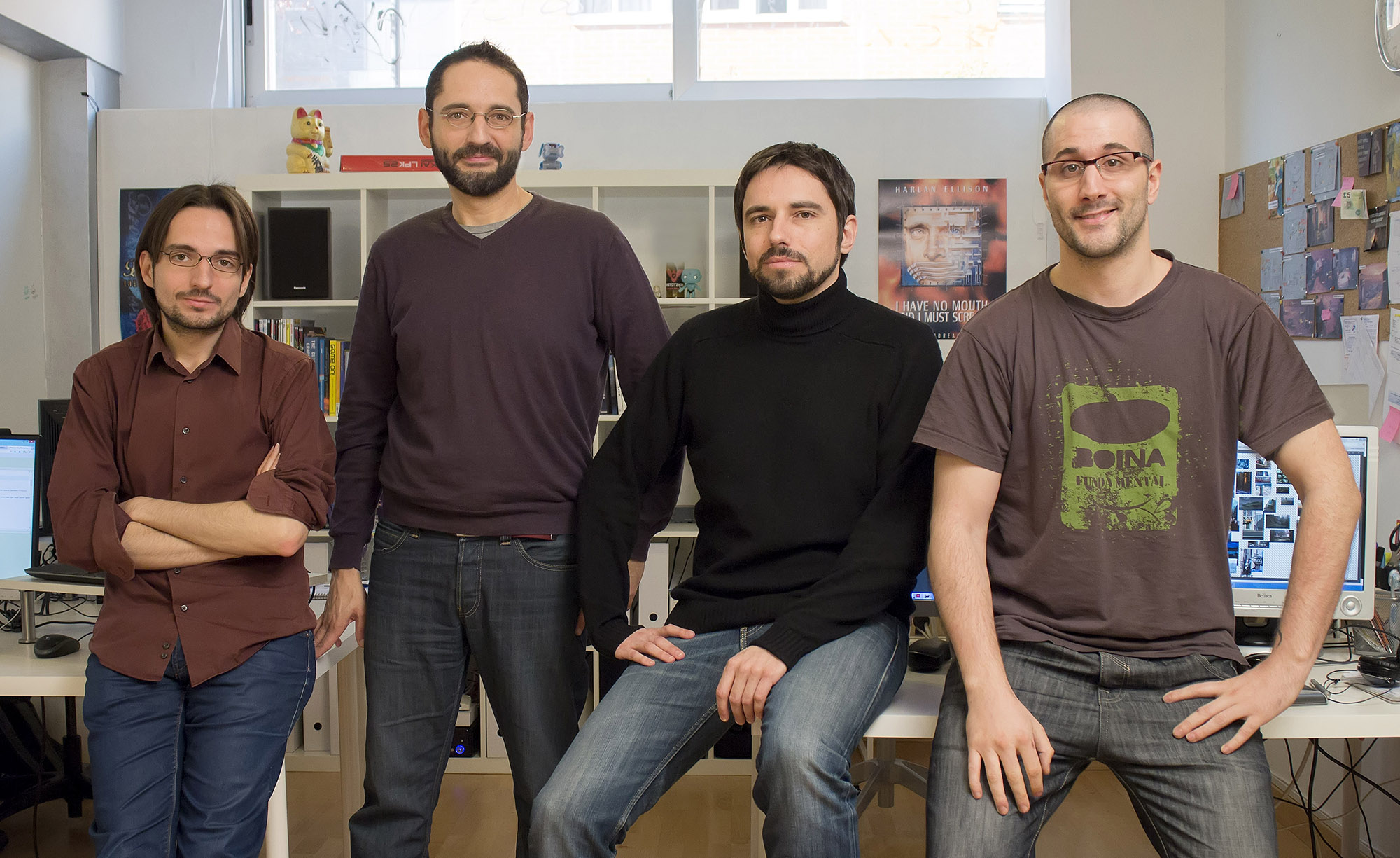
Since p’n’c aren’t as popular as they used to be, only your love for them drove you to start working on Dead Synchronicity or there were other factors?
When Alberto, the narrative designer at Fictiorama, told Mario and me about the story of Dead Synchronicity, we all immediately knew there was a great narrative-driven game in it. In fact, it was the trigger to create Fictiorama!
We decided to go with a point and click adventure game firstly because we thought the plot was perfect for that genre. But it was also because, since we had played so many adventure games when we were teenagers and kids, we wanted to contribute with our own game to the genre.
Besides, Dead Synchronicity: Tomorrow Comes Today was our first game, so everything was a huge challenge for us. We thought that, considering our vast experience as players, we managed the graphic adventure mechanics nicely, so it was like being on the safe side regarding something as essential as game mechanics.
If I recall correctly, post-apocalyptic theme isn’t common choice for this genre, the same goes with mature content in general. Why did you decide to take this road?
In the 90s, we played some adventure games like Sanitarium or I Have no Mouth and I Must Scream that dared to treat darker subjects than that was usual for adventure games. In fact, playing them today, one realizes their psychological and physical cruelty were probably really striking in a moment in which video games were seen basically as products for kids and teenagers.
Of course during these decades more games featuring that grim mood have been developed, but we still saw how adventure games were still usually related to “thriller” or “fun” subjects. We absolutely enjoy games like those, but we wanted to develop a game that dared to treat those darker subjects we were fascinated by with games like Sanitarium… maybe even too soon, considering our age! :O
Creators often are inspired by other things. Did any other game, movie etc. influenced your ideas for Dead Synchronicity?
Sure, Dead Synchronicity: Tomorrow Comes Today was influenced by lots of works. Of course, some big influences for us were games like the two aforementioned, Sanitarium and I Have no Mouth and I Must Scream, but also more recent ones like The Cat Lady, Yesterday or the adventure games by Daedalic Entertainment.
Ideas for the visual aspects of the game came from the Expressionist paintings and movies, but also from the “giallo” Italian movies, and sci-fi and terror movies from the 70’s and 80’s (Dario Argento, John Carpenter…), and its over-saturated use of color, split screen effects, dynamic “zoom” effects, energetic soundtracks, etc.
Regarding the mood and subjects, the game has been influenced by works as different as Joseph Conrad’s The Heart of Darkness, some movies by Tarkovski and Cormack McCarthy’s The Road.
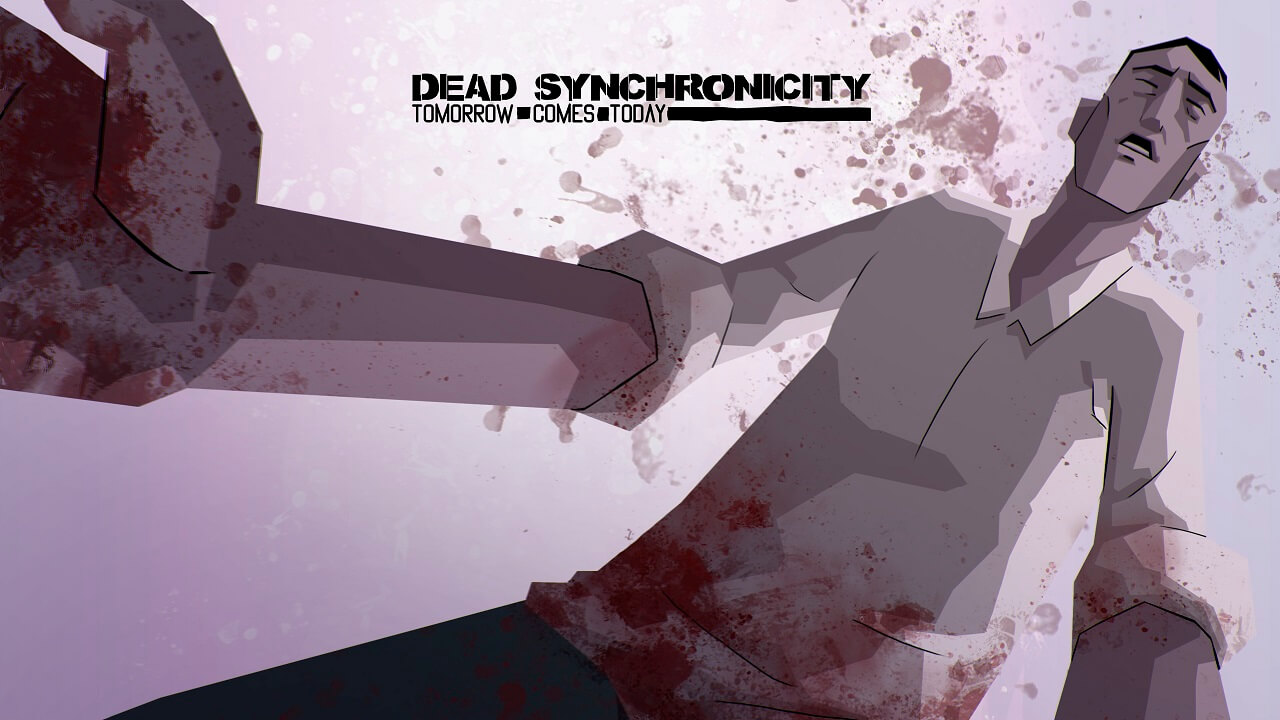
Humor is very common in p’n’c games, we could even say that it’s inseparable part of the genre. Setting of your game doesn’t seem to go with it but you manage to add it anyway and of course it’s based on sarcasm and black humor. Were you holding back with darker ideas or everything was acceptable?
That’s a very interesting question, since more often than not we had these kinds debates at Fictiorama: “could it be that ‘this’ goes off-limits?” “¿Maybe including ‘this’ or ‘that’ could be too much for players?”
In the end, the key was to answer the same questions: does it help to create the mood we want? Does it fit within the game’s story, characters and narrative progression? Is it going to create the feeling we want in the player? Are we sure it supports the game as a whole product? Are we sure it is not some off-the-bounds whim which only purpose is to be provocative?
If the answer was “yes”, then it was left in the game. In fact, lots of things in the game were evaluated this way (some characters, some really ruthless puzzles…), but I can’t recall an idea that was left aside.
Besides, none of the partners involved in the game (Daedalic as the publisher for the PC and mobile versions, Badland as the publisher for the PS4 and Switch versions) had never even suggested to soften the game.
Some p’n’c had really obscure puzzles, other simpler. How did you approach them in your game?
When we started developing the story, the approach to the difficulty of puzzles was something we wanted to be really careful with. We have always loved adventure games, and, like players, we have suffered that “you-need-to-read-the-mind-of-the-writer” puzzle design. Of course, there are games in which, just because of the genre and the mood itself, odd solutions to puzzles, if imaginative, are great (let’s say, for instance, Sam & Max Hit the Road). But when the genre and the mood aren’t the most appropriate… convoluted, logic-less puzzles can spoil the experience.
Dead Synchronicity: Tomorrow comes Today is a mature, dark game, so we knew we had to design puzzles that “made sense”… though not completely obvious, of course. I think it was Tim Schafer who said that, when a player solves a puzzle in an adventure, they have to shout “how didn’t I think about that before?” instead of “how could I have thought of that?”.
That’s the feeling what we wanted to achieve. And just a piece of advice: the sooner the players get involved in the Dead Synchronicity mood… the better, in order to solve the puzzles.
Dead Synchronicity: Tomorrow comes Today is already available on PC, mobile devices and PS4. Why did you decided to bring it to Switch?
We want Dead Synchronicity: Tomorrow Comes Today to be enjoyed by as many players as possible, no matter what hardware they use to play. Our only mandatory requirement about ports is that the game has to be completely enjoyable, and the playing experience has to be perfect, in whatever platform we think the game can be ported to.
When Badland suggested us making a port to PS4 we thought it could be interesting, and we focused on adapting the mechanics and interface to consoles to be sure the game was fun on PS4. And it definitely is! People and media are loving it (it’s rated with 4,5 stars out of 5 on the Playstation Store), so we’re really proud of it.
When we first heard about the Nintendo NX, which eventually turned into Nintendo Switch, featuring this awesome mixture of handheld and desktop console, we thought it would be fantastic to have Dead Synchronicity: Tomorrow Comes Today on it. And, as soon as we tried the console, we knew it could be a perfect platform to port our game to.
A few months later, after the port is finished, we think the Nintendo Switch version of Dead Synchronicity: Tomorrow Comes Today is one of the best out there, and we’re sure players are going to love it.
Was it hard to port the game? Were there any obstacles during the process?
Dead Synchronicity: Tomorrow Comes Today was developed using Unity 3D from the very beginning, so the process has been quite smooth.
Of course it’s not that you just select Nintendo Switch as output platform in Unity, then you press “build” and it’s done. It’s much more difficult than that, since every time you export the game to a different platform new bugs pop-up, old bugs re-appear… and of course you have to test hardware specifications, APIs, etc. But you get a first playable version build of the game quickly (though, of course, still very buggy), and that’s a great first step to start polishing things.
All in all, the port, for which we had the support of our developing friends at Stage Clear, has gone really nice, and the help of Badland Publishing as a publisher has been really valuable. Playing the game on Switch is as fun and pleasant -if not even more- as doing it in other platforms!
I have to ask now, did you thought about bringing the game to PSVita? Is there still a chance? If not, what stopped you?
The truth is that other platforms, like Wii U and PSVita, were considered at some point. In fact, after seeing a real interest of the Nintendo community in the game, we started to plan a Wii U version. Unfortunately, we eventually couldn’t go on with the project since, as a tiny company, it’s always hard to do lots of things simultaneously by yourself, and it was a moment in which we had too much on our plate: tweaking the existent versions of Tomorrow Comes Today (Windows, Mac, Linux, iOS and Android); arranging the rewards of the Kickstarter campaign we run for the game; starting to design the approach of our new game Do Not Feed the Monkeys; beginning with the pre-production of The Underground Highways, which will be the sequel to Tomorrow Comes Today…
About PSVita, Badland has great expertise in publishing games for it (recently, they have published Velocity and Axiom Verge), but it’s not in our roadmap at the moment.
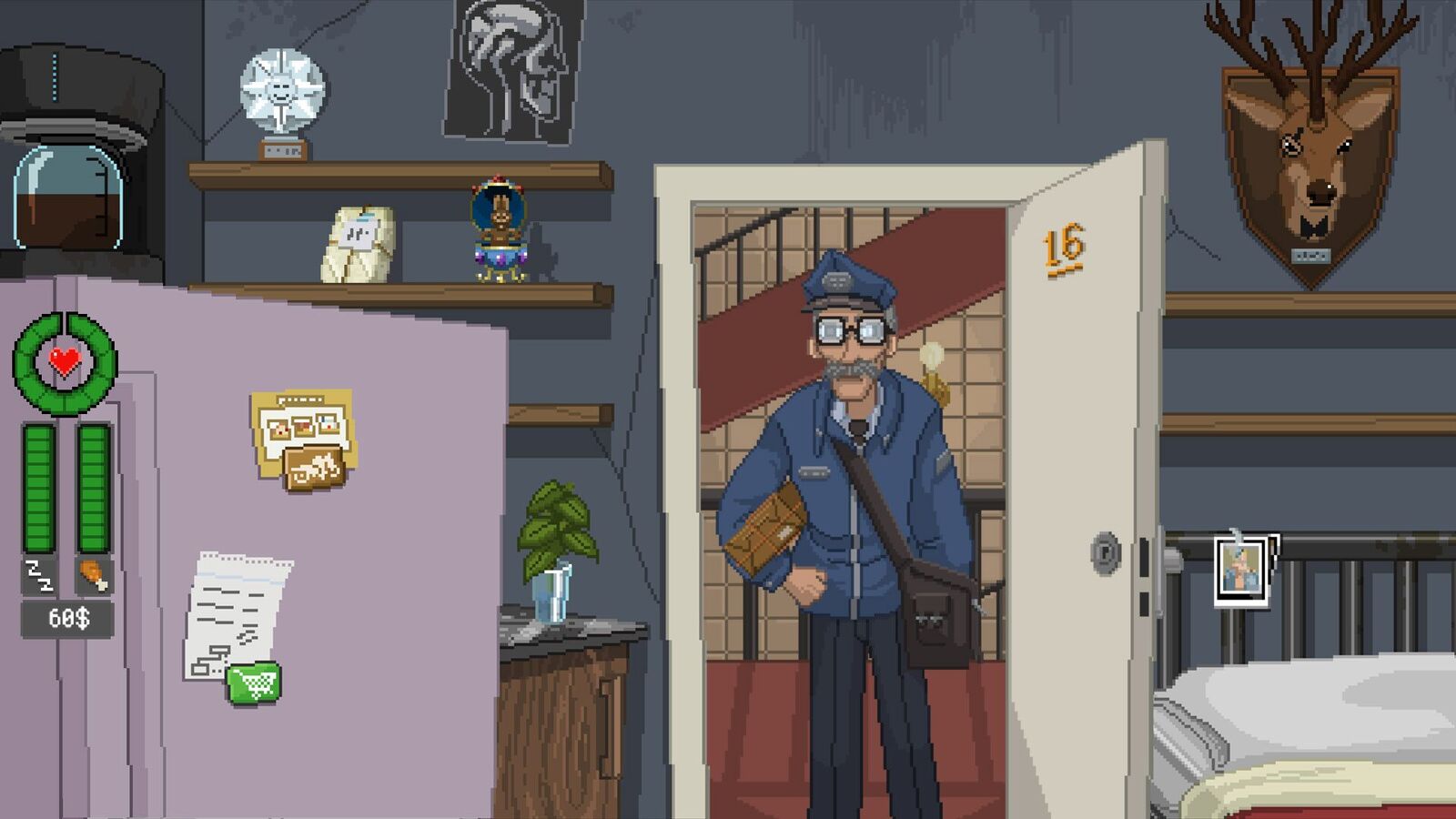
Since it looks like you embraced consoles releases, are there any chances to see on them Dead Synchronicity: The Longest Night and Do Not Feed the Monkeys?
Of course! The thing with The Longest Night is that, considering it’s a retro text-adventure game in which the main mechanic is to type sentences, we find it might be quite a bit slow to play using a virtual on-screen keyboard. It’s a free, short game that can be downloaded from our site for Windows, Mac and Linux; and it’s a prequel to Tomorrow Comes Today, that can be played in any order, and there are no spoilers, so… go and download it!
About Do Not Feed the Monkeys, we would love to see it in other platforms. The first platform is PC, and after the release we will look into possible ports to other platforms.
Since our site is focused on handhelds, what are your thoughts on Vita and Switch?
The three brothers at Fictiorama are between 30 and 42 years old, so we have grown up owning and enjoying the Game & Watch, and then those Casio watches with simple games in them, and then the Nintendo Game Boy… We even had the chance to use (it didn’t belong to us, but to one of our cousins) an Atari Lynx, which was not popular in Spain! I mean, we have always loved handhelds.
And now, of course, the evolution is awesome. We also play games on smartphones and tablets too, and there is great hardware to add real joysticks and physical controls to them… but the chance to carry such a powerful, complete and sturdy device as a Vita or a Switch in any bag, and play games without any restraint, is amazing.
Lastly, Nintendo platforms aren’t associated with mature content but Switch seems to take a big turn on that, also thanks to your game. How do you feel about it?
That’s great, because, surprisingly, when we started telling our friends and dev-mates that we were porting Dead Synchronicity: Tomorrow Comes Today to Nintendo Switch, lots of them told us it fitted nicely with this Nintendo “turn” you mentioned.
It’s something that, in some way, already started with a handful of Wii U games, though most of them were still these “spectacular AAA games with some violence in it”. Now it seems like Nintendo is going deeper into it, and we think it’s great, since it reflects this trend in video games that’s taking place in almost every platform: like books, like movies, like comics, like music, like theatre plays… why not making games for every specific audience, and for every hardware? Why can’t a Nintendo fan enjoy a game made for a mature audience, or a PS4 player enjoy a game made for kids?
As long as age ratings work fine and parental controls are at hand, we feel it’s great to have every kind of game on every console platform, as it happens with PC.
Thank you very much for you time! We hope Dead Synchronicity finds huge new audience on Switch and we see more from you there!
Thank YOU!!!
You can follow all news directly form Fictiorama Studios on their website, Twitter and Facebook!
It’s also worth to follow publisher of the game – BadLand Indie, who is very active in supporting Switcha and PSVita! You can find him on WWW, Twitter and Facebook.


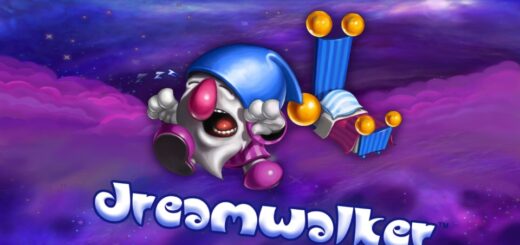
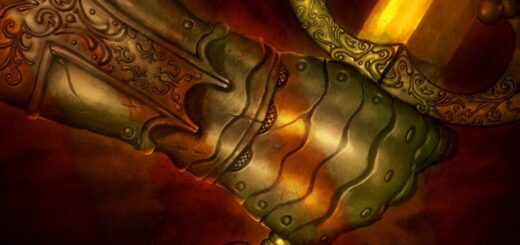
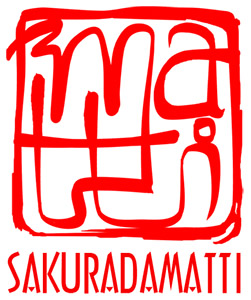
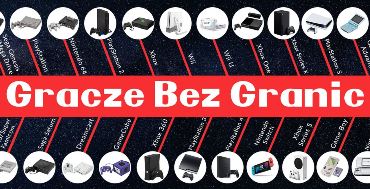
Najnowsze komentarze